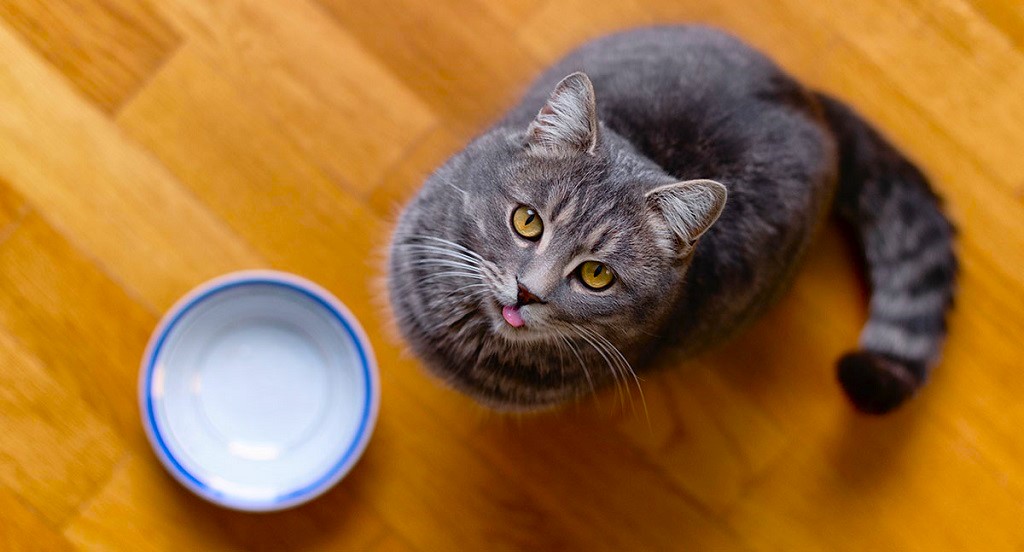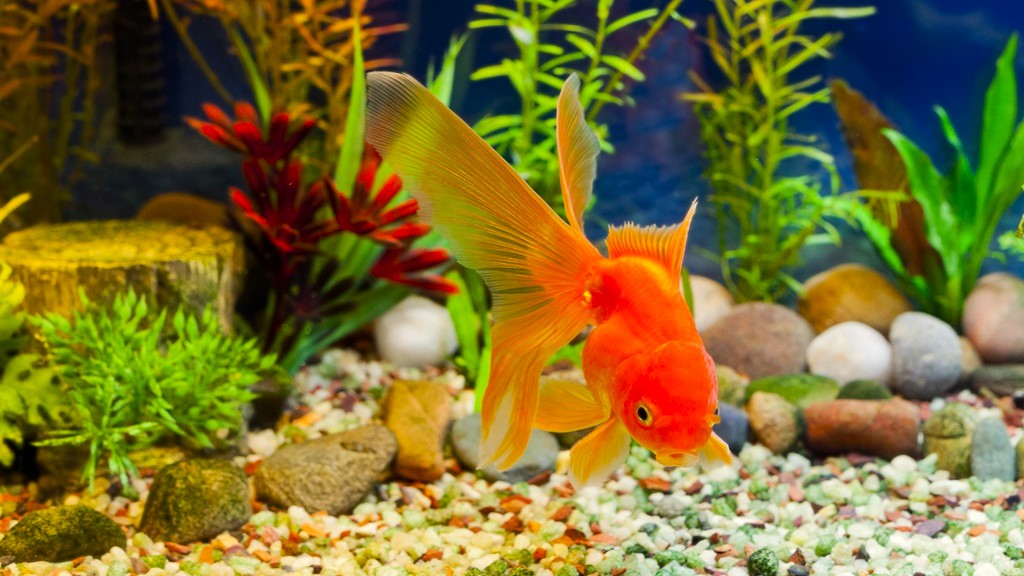Cats often beg for food even when they’re not hungry due to behavioral habits or medical issues. It can also be a sign of nutrient deficiency or boredom.
Understanding why your cat is incessantly soliciting treats or meals is key to addressing it effectively. For cat owners, this behavior can be puzzling and sometimes concerning, especially when your feline friend seems to have a never-ending appetite. Addressing begging behavior involves a combination of proper feeding practices, ensuring a nutritionally complete diet, and enriching your cat’s environment to prevent boredom.
Recognizing the difference between genuine hunger and habitual begging is crucial. Consulting with a veterinarian can also help rule out any potential health problems that might be causing increased appetite. Establishing a routine feeding schedule and sticking to it can prevent cats from developing the habit of begging for food at all hours. A happy, healthy cat will exhibit normal feeding behaviors, but it’s important to take action when your pet’s food-related habits seem out of the ordinary.
Understanding Cat Begging Behavior
If you’re a cat owner, you’ve likely experienced your furry friend weaving around your legs and meowing urgently as you prepare a meal. This typical scenario raises the question: Why do cats beg so persistently for food, and how does this behavior impact their health? By breaking down the reasons behind this begging and the consequences it can have, pet parents can ensure their cats live healthier and happier lives.
Reasons Cats Beg For Food
Cats beg for various reasons, and understanding these can help owners manage their feline’s behavior. Here are several key factors that drive your cat to beg for food:
- Instinct: Cats have a natural hunting instinct that leads them to seek food more often than they need.
- Attention Seeking: Sometimes, begging is less about hunger and more about wanting your love and attention.
- Learned Behavior: If a cat learns that begging leads to receiving treats or scraps, the behavior is likely to continue.
- Dietary Needs: In some cases, begging could indicate that your cat’s diet is lacking in certain nutrients.
- Medical Issues: Excessive begging can sometimes be a sign of an underlying health problem.
Impact Of Feeding Behaviors On Cats’ Health
Cats’ health can be significantly affected by their feeding behaviors. Let’s delve into how certain feeding patterns can influence their well-being:
| Feeding Behavior | Health Impact |
|---|---|
| Overfeeding | Can lead to obesity and associated disorders such as diabetes and arthritis. |
| Inconsistent Feeding Times | May cause stress and anxiety, affecting their overall health. |
| Responsive Feeding to Begging | Encourages begging behavior and can disrupt the cat’s nutritional balance. |
| Ignoring Nutritional Needs | Results in deficiencies and long-term health issues. |
| Proper Portion Control | Supports a healthy weight and reduces the risk of chronic diseases. |
By acknowledging these behaviors and their impacts, cat owners can take steps to modify feeding practices and, in turn, support their cat’s overall well-being and longevity.
Signs Of Cat Begging
Cats begging for food display distinct behaviors; they may meow insistently, paw at you, or even circle around your feet. These clear indications manifest when a cat’s usual mealtime approaches or if they scent something appetizing.
Recognizing Mewling And Other Begging Behaviors
- Frequency: An increase in the number of vocalizations around mealtime.
- Pitch: Higher pitched and more insistent meows than their usual vocal patterns.
- Volume: Louder cries which are hard to ignore and often difficult to resist.
Body Language Cues For Food Solicitation
Vocal cues often come hand in hand with body language that indicates a cat’s eagerness for a bite. Here are a few gestures to look out for:
| Body Language | Description |
|---|---|
| Staring | Fixing their gaze on you or the food. |
| Following | Shadowing your movements, especially towards the kitchen or dining area. |
| Jumping Up | Leaping onto nearby surfaces to be closer to the source of food. |
| Head-Butting | Gentle nudging with their head to encourage you to feed them. |
| Touching with Paw | Reaching out to you or the food as a physical plea. |
Managing Cat Begging Through Feeding Schedule
Creating A Consistent Feeding Routine
Consistency is key when it comes to managing a beggarly cat. An irregular feeding schedule can lead to anxiety and promote obsessive food-related behaviors. Establishing fixed times for your cat’s meals aligns with their instinct to follow a hunting routine, even if the ‘prey’ comes from a can or bag.
- Fixed Times: Choose specific times for breakfast, lunch, dinner, or snacks, and stick to these daily.
- Measured Portions: Serve controlled portions to prevent overfeeding and weight gain.
- Prompt Removal: Remove the food after a set time to reinforce the schedule.
Using interactive feeders for mental stimulation
Using Interactive Feeders For Mental Stimulation
Boredom can lead cats to associate food with entertainment. Interactive feeders transform mealtime into a challenging game that satisfies a cat’s hunting instincts and provides much-needed mental stimulation.
- Slows down rapid eating and improves digestion.
- Keeps your cat engaged and less focused on continuous feeding.
- Helps manage weight by making cats work for their food.
Choose feeders that match your cat’s level of curiosity and persistence. Begin with simpler puzzles and gradually introduce more complex feeders to keep them stimulated.
Incorporating Nutritious Treats
Curb your cat’s incessant food requests by offering nutritious snacks. These healthy options satisfy hunger and provide essential nutrients, helping to maintain your feline’s wellbeing.
Identifying Healthy Treat Options
Choosing the right treats for your cat is a balance between something they’ll love and something good for them. Let’s scrutinize the label! The best treats are those with:
- High-quality protein sources – like chicken, salmon, or turkey, which mirror a cat’s natural diet.
- Fewer fillers – like corn, wheat, and soy, which offer little nutritional value.
- Added health benefits – such as omega fatty acids for coat health or fiber for digestion.
- Low calorie content – to prevent weight gain, especially in less active, indoor cats.
Moderation In Treat-giving
While healthy treats are a fantastic tool for training and pampering, overindulgence can lead to unintended consequences such as obesity or nutritional imbalances. Following these simple guidelines ensures you reward your cat responsibly:
- Reserve treats for special occasions or training sessions, rather than a frequent snack.
- Stick to the ‘10% rule’: treats should not exceed 10% of your cat’s daily caloric intake.
- Measure treats like you would their regular food to keep tabs on their consumption.
- Use a feeding puzzle to make snack time and also a moment for mental stimulation.
- Consult with a veterinarian to determine the best type and amount of treats for your cat’s individual dietary needs.
By focusing on these principles, you ensure that every treat serves to enhance your cat’s health and happiness while keeping those begging eyes at bay with guilt-free indulgences.
Training Techniques To Curb Begging
Discover effective training strategies to curb your cat’s persistent begging habits. Learn targeted techniques that teach your feline friend to patiently wait for meals without resorting to incessant pleading.
Positive Reinforcement For Desired Behavior
- Identify behaviors you want to encourage, such as sitting quietly during meal times.
- Immediately reward these behaviors with treats, affection, or playtime to reinforce the action.
- Use a consistent signal like a clicker or a specific word to mark the desired behavior.
- Gradually reduce the frequency of rewards over time until the behavior becomes a habit.
Discouraging Demanding Behavior Without Punishment
- Ignore begging behavior—avoid giving attention or food while your cat is demanding it.
- Establish a regular feeding schedule to reduce anxiety around mealtime.
- Provide meals in a puzzle feeder to keep your cat mentally and physically engaged, reducing the likelihood of begging.
- Redirect attention by initiating play with toys or engaging in other activities during times when your cat typically begs.
Environmental Enrichment For Behavioral Improvement
Curbing your feline’s persistent food requests can be addressed through environmental enrichment. Providing stimulating activities and scheduled playtimes promotes better behavior, lessening incessant begging during meal times.
Providing Environmental Stimulation To Reduce Begging
- Consider using toys that mimic the movements of prey, such as wand toys or motorized mice
- Implement regular playtimes to simulate hunting behaviors, which can satisfy your cat’s instinctual urges
- Puzzle feeders serve a dual purpose of stimulating your cat’s brain and controlling food intake
| Time of Day | Activity | Toy/Feeder Type |
|---|---|---|
| Morning | Chase and hunt | Motorized mouse |
| Afternoon | Forage for treats | Puzzle feeder |
| Evening | Interactive play | Wand toy |
Creating Feeding Stations To Promote Independence
- Position multiple feeding stations at various heights and locations around your home
- Create DIY foraging toys by hiding food in cardboard boxes with holes, encouraging cats to ‘hunt’ for their meals
- Use automatic feeders to dispense food at set times, which also helps in establishing a consistent feeding routine
Frequently Asked Questions Of Cat Begging For Food
Why Is My Cat Constantly Begging For Food?
Your cat may be begging for food due to hunger, habit, boredom, or underlying health issues such as diabetes or worms. Always consult a vet to rule out medical concerns.
Why Do My Cats Act Like They Are Starving?
Cats may act like they’re starving due to frequent small meals, high energy needs, or psychological factors like boredom. Health issues like worms or diabetes could also cause increased hunger. Always ensure a balanced diet and consult a vet for persistent behavior.
Should I Feed My Cat If She’s Begging?
Evaluate your cat’s dietary needs and feeding schedule before giving in to begging. Overfeeding can lead to health issues. Stick to regular, portion-controlled meals and consult your vet for guidance.
Why Is My Cat Always Waiting For Food?
Cats often wait for food due to regular feeding routines, high metabolism, or seeking attention. Ensure your cat has a balanced diet and check with a vet if this behavior is constant and concerning.
Conclusion
Understanding your furry friend’s behavior around mealtime is essential. Cats may beg for food for various reasons, from hunger to habit. By recognizing these cues, you can better manage their dietary needs and maintain a healthy feeding routine. Regular vet check-ups and a balanced diet can keep your cat happy and begging playfully, not persistently.




